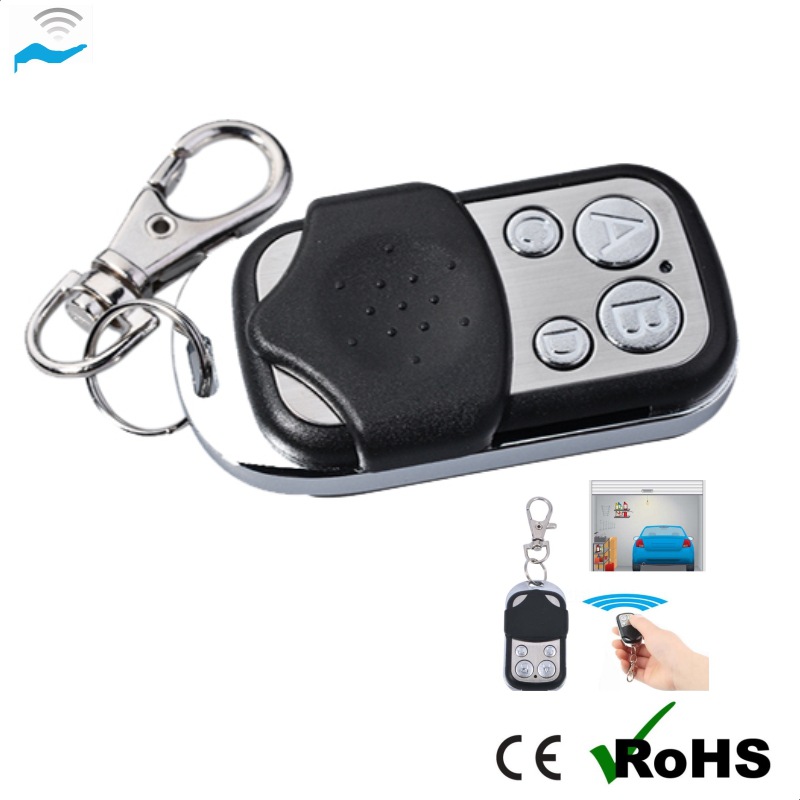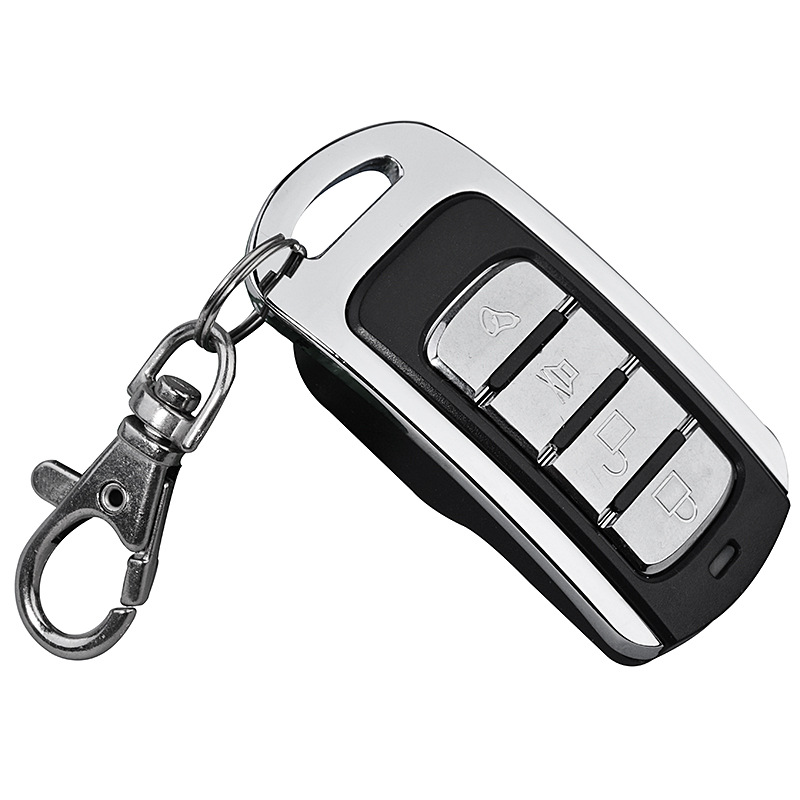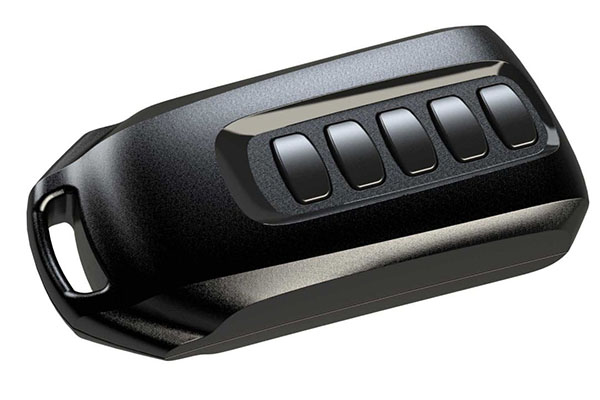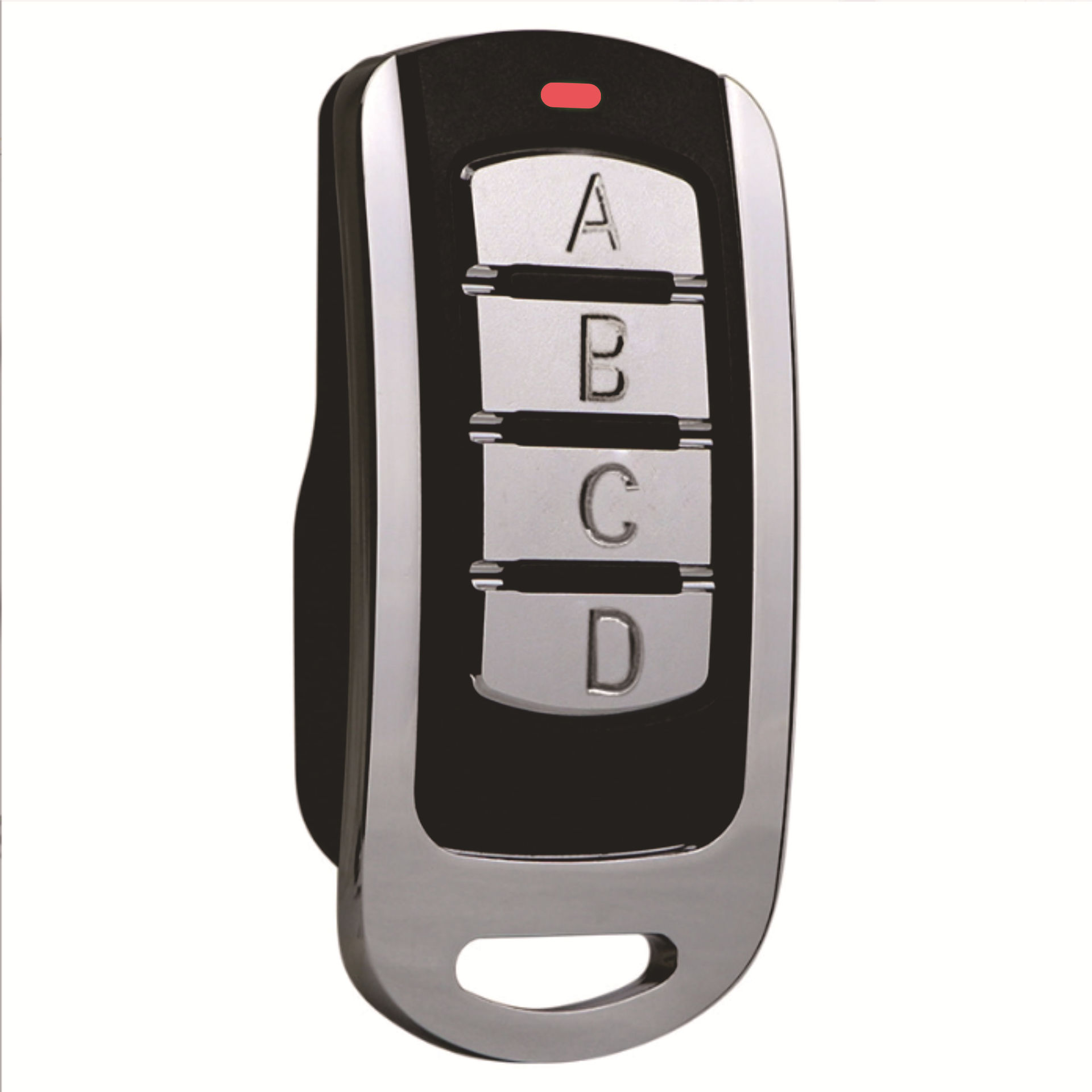キーフォブは 小型リモコン を持つ。 RFIDチップ とアンテナを内蔵している。 最近のキーフォブは、無線周波数識別(RFID)またはブルートゥースを使用して、レシーバーとワイヤレスで通信します。ボタンを押すと(または範囲内に入ると)、デバイスがコード化された信号を送信し、ロック解除、始動、アクセスを許可する。
フォブ」という言葉は、小さなポケットを意味する古いドイツ語「fuppe」に由来する。1800年代、フォブポケットとは、懐中時計やその他の小物を入れるために作られたズボンやベストの小さなポケットのことだった。やがて「フォブ」は、キーホルダーにつけたり、何かを遠隔操作するための小さなアクセサリーを指すようになった。
キーフォブプログラマーは、キーフォブをプログラムまたは再プログラムして、特定の車両または電子システムと通信できるようにするための装置またはツールです。キーフォブの内部チップ(トランスポンダーまたはリモート信号)を車のオンボードコンピュータまたはアクセスコントロールシステムと同期させます。
キーフォブ用バッテリーは、小型のコイン型バッテリーで、このバッテリーから電力を供給する。 リモートロック解除、プッシュスタート式イグニッション、パニックアラーム、近接アクセスなど、キーフォブ内の電子機能。これがないと、キーフォブは車やデバイスに信号を送ることができません。

ハンドヘルド・エンクロージャー
キーフォブ・ハンドヘルド・エンクロージャーは、キーレス・エントリー・システム、リモート・コントローラー、RFIDタグ、その他のワイヤレス通信デバイスの電子部品を保護するために使用される、コンパクトで耐久性のあるハウジングです。これらの筐体は、携帯性、人間工学、保護のために設計されており、自動車、入退室管理、IoT業界で不可欠なものとなっています。
一般的なキーフォブは、以下のような構造になっている。 プラスチック筐体 手で持てるほど小さい。いくつかのキー フォブは、電子ロックの前に通すだけで開くバッジである。その他 キーフォブには、特定のRFID信号を送信する1つ以上のボタンが含まれている。各ボタンは、車のロック、車のロック解除、トランクの開錠など、異なる機能を実行する。 キーフォブ・エンクロージャーをカスタマイズします、 プラスチック筐体, PCBエンクロージャー, そして 電気筐体 プロフェッショナルのためのソリューション。
製造工程
| プロセス | 説明 | 用途とメリット |
|---|---|---|
| 射出成形 | プラスチック部品の大量精密成形 | 複雑な形状、ボタンカット、ブランディングが可能 |
| 超音波溶接 | 高周波振動を利用して、エンクロージャーの半分をネジなしで接着 | 防水・防塵ユニット用のクリーンで密閉された仕上げを作成します。 |
| オーバーモールディング/ダブルショット | ハードプラスチックシェルとソフトラバーグリップまたはシールの組み合わせ | 快適性と耐衝撃性を向上 |
| CNC加工 (金属製のみ) | アルミニウムまたはステンレス鋼の精密切断 | プレミアムキーホブ、自動車用キーホブ、高セキュリティキーホブに最適 |
| レーザー彫刻/パッド印刷 | ロゴ、シリアル番号、テキストを追加するために使用します。 | 永続的なブランディングとトレーサビリティの向上 |
よく使われる素材:
素材 説明 申し込み
ABS(アクリロニトリル・ブタジエン・スチレン) 耐久性があり、費用効果が高く、成形が容易な標準的なプラスチック製キーホブ
PC(ポリカーボネート) 高い耐衝撃性、UV安定性 屋外または自動車用
PA(ナイロン) 耐薬品性、タフな工業用フォブ
TPU / TPE ソフトタッチで柔軟なオーバーモールド・ラバー・グリップ
アルミニウム合金 プレミアムルック、EMIシールド、ハイエンド自動車キーフォブ
ステンレス鋼 耐腐食性、安全 安全なアクセスコントロール用エンクロージャ

これらの筐体は、シンプルなRFIDタグから洗練された自動車用リモコンまで、さまざまな用途に合わせてカスタマイズできます:RoHS/REACH対応:環境安全性の確保。
Hofengfabは、必要な高品質のキーフォブエンクロージャを簡単に入手できます。さらに質問がありますか?電気エンクロージャーの専門家にメールでお問い合わせください。 vivian@hofengfab.com またはオンラインでお問い合わせください。


